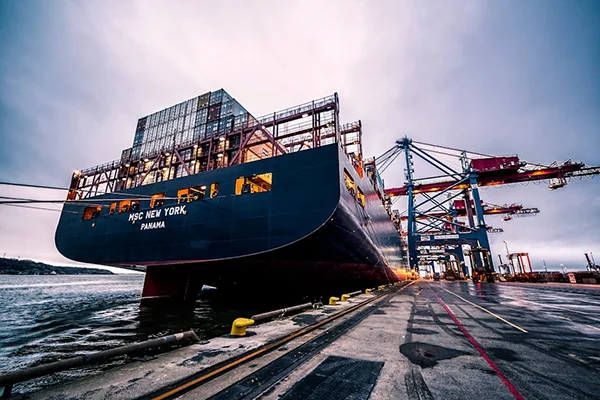Maritime security plays a pivotal role in ensuring the safety of global trade routes, protecting national borders, and safeguarding critical maritime infrastructure. However, as new threats and challenges emerge, the need to adapt and upgrade maritime security becomes more urgent. Identifying when and how to enhance security measures is essential to maintaining stability and countering risks in the maritime domain. This article explores the factors prompting upgrades in maritime security and the strategies to address them effectively.
Maritime security has evolved to address a range of traditional and non-traditional threats. From piracy and smuggling to cyberattacks on maritime infrastructure, the risks are diverse and constantly changing. Traditional threats like piracy continue to affect specific regions, such as the Gulf of Aden and the Strait of Malacca, where commercial shipping is vulnerable to hijacking and robbery.
Non-traditional threats, including terrorism and cyber warfare, have also gained prominence. For instance, cyberattacks on port facilities or ships’ navigation systems can disrupt global trade, costing billions of dollars. Similarly, environmental crimes like illegal fishing and pollution pose significant challenges to maritime ecosystems and economic stability. Understanding these evolving risks underscores the importance of timely upgrades to maritime security frameworks.
Technology plays a critical role in modernizing maritime security. As threats become more sophisticated, the tools and systems used to counter them must also advance.
Innovations such as unmanned aerial vehicles (UAVs), autonomous surface vessels, and satellite monitoring enable more effective surveillance and response capabilities. One of the most significant advancements in recent years is the integration of advanced intelligence systems. These technologies use data analytics, machine learning, and artificial intelligence to detect and predict potential threats. For example, AI-powered systems can analyze shipping patterns to identify unusual activities, such as ships deviating from established routes or engaging in suspicious behavior.
Several factors signal the need to upgrade maritime security measures. These indicators often stem from changes in the geopolitical environment, emerging technologies, and new criminal methodologies. Key triggers include:
To address emerging threats, maritime security must adopt a multifaceted approach that combines technological innovation, international collaboration, and policy reform. Key strategies include:
While upgrading maritime security is vital, it must be balanced with economic considerations. Excessive security measures can disrupt trade and increase operational costs for shipping companies. For example, stringent inspections and delays at ports may impact supply chains and reduce the competitiveness of certain regions.
To strike this balance, policymakers must adopt risk-based approaches. By focusing resources on high-risk areas and employing scalable solutions, maritime security can be enhanced without compromising economic efficiency. Engaging industry stakeholders in the decision-making process ensures that security measures align with commercial realities.
Environmental issues, such as illegal fishing, pollution, and climate change, intersect with maritime security in complex ways. For example, depleted fish stocks due to overfishing can lead to increased competition and conflict in certain regions. Similarly, rising sea levels and extreme weather events threaten port infrastructure and shipping routes.
Incorporating environmental considerations into maritime security strategies is crucial. This includes deploying surveillance technologies to monitor illegal activities, enforcing environmental regulations, and promoting sustainable practices within the maritime industry. Addressing these challenges not only enhances security but also preserves the long-term viability of ocean resources.
As the maritime domain continues to evolve, security measures must adapt to keep pace with emerging threats. The future of maritime security lies in harnessing the potential of artificial intelligence, big data, and autonomous technologies. For example, autonomous drones equipped with AI could patrol vast ocean areas, providing real-time data and reducing response times.
Moreover, fostering a culture of innovation within maritime security agencies ensures that they remain agile and prepared for unforeseen challenges. Collaborative research and development initiatives can accelerate the adoption of groundbreaking solutions and strengthen global maritime security frameworks.

Upgrading maritime security is a continuous process driven by evolving threats, technological advancements, and geopolitical dynamics. Recognizing the indicators that signal the need for change and implementing proactive strategies can mitigate risks and protect vital maritime assets. By leveraging modern intelligence, fostering international collaboration, and addressing economic and environmental considerations, maritime security can effectively adapt to the challenges of the modern world. Ensuring robust and responsive security measures not only safeguards global trade but also contributes to the stability and prosperity of coastal communities worldwide.
